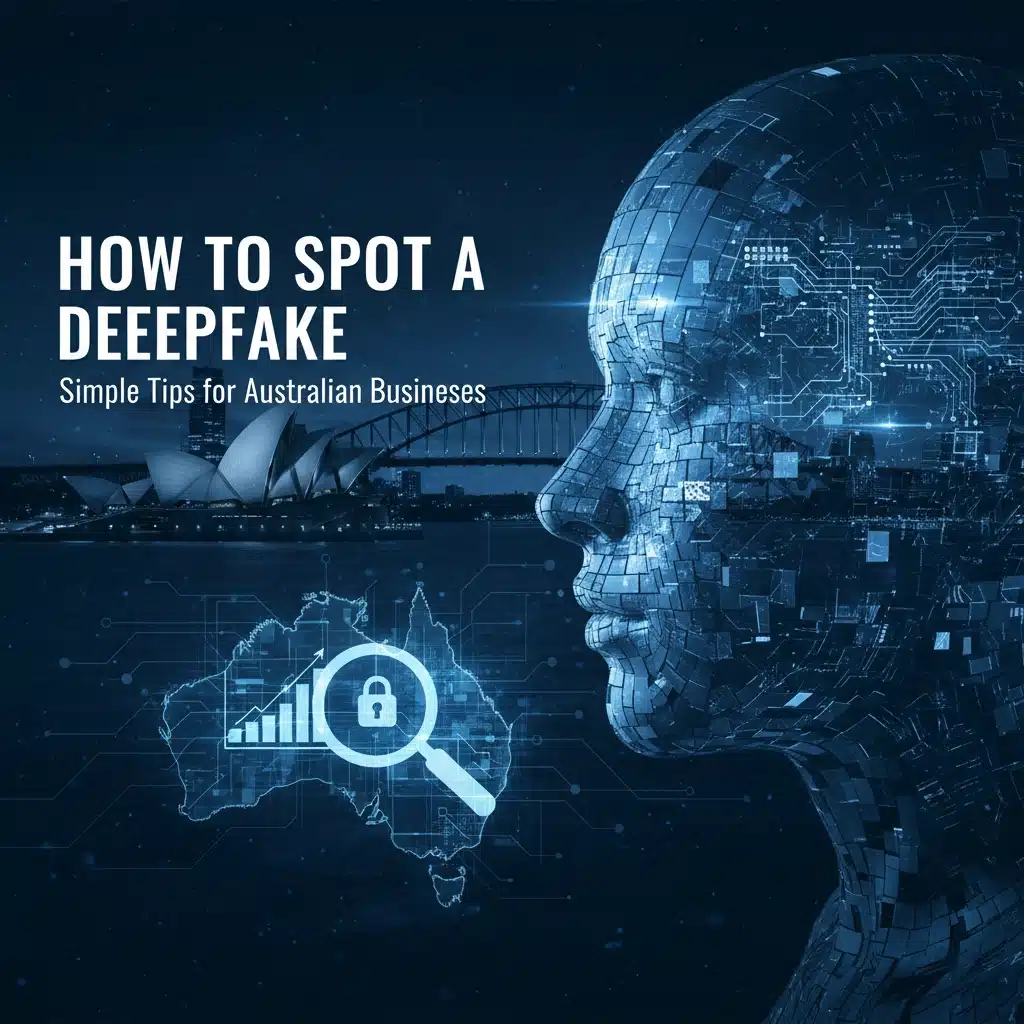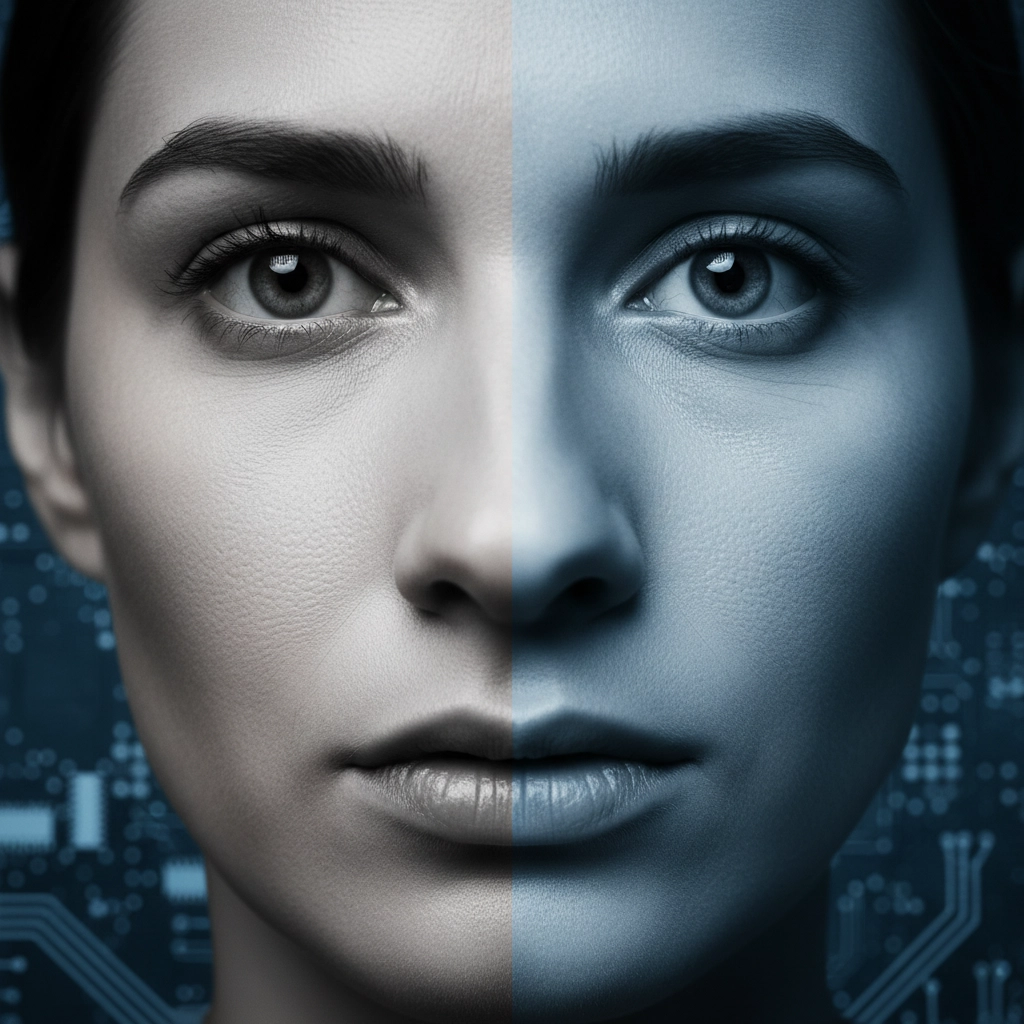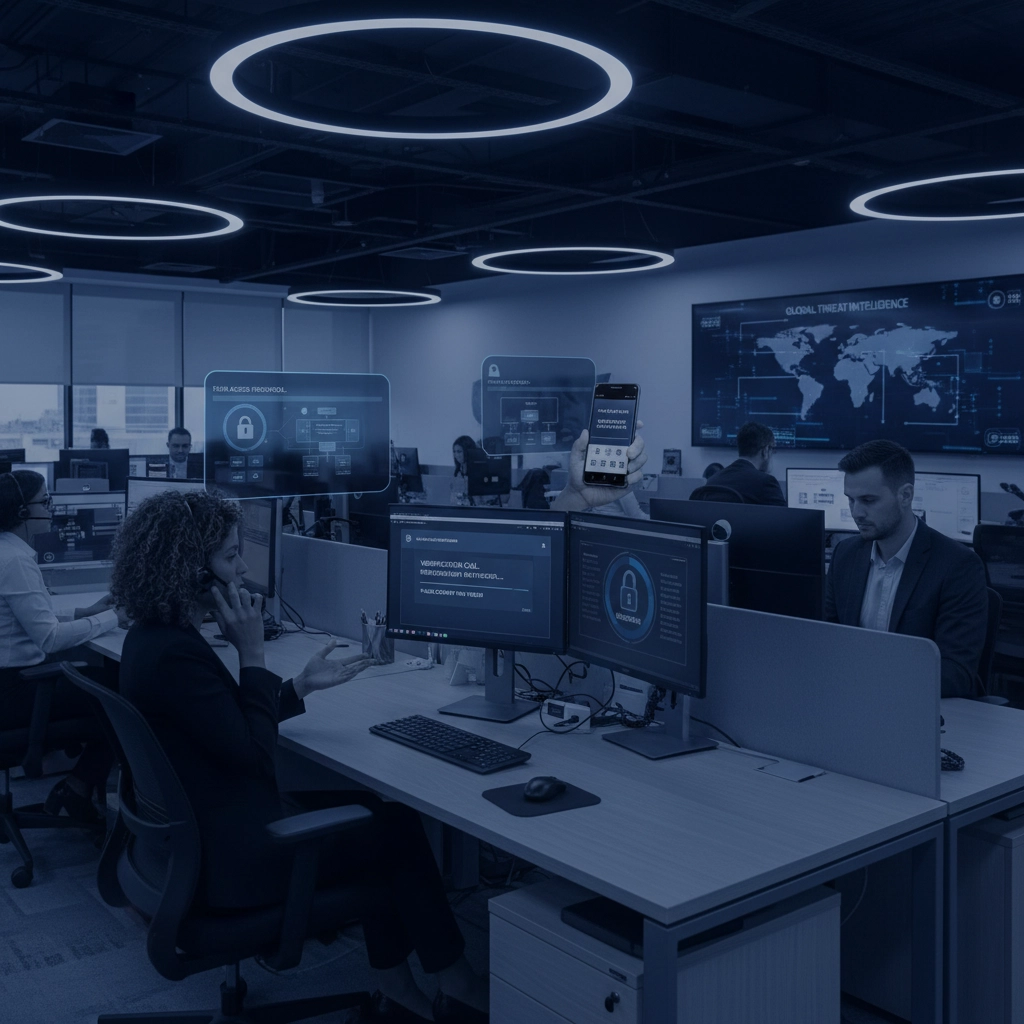Deepfakes aren’t just Hollywood sci-fi anymore. They’re a real threat hitting Australian businesses right now, and they’re getting scary good at fooling people. Whether it’s a fake video of your CEO announcing a merger or a convincing audio call requesting urgent bank transfers, these AI-generated fakes can seriously damage your business.
The good news? You don’t need to be a tech expert to spot most deepfakes. With a few simple tricks and the right mindset, you and your team can protect your business from these digital imposters.
Why Australian Businesses Should Care About Deepfakes
Before we dive into spotting fakes, let’s talk about why this matters for your business. Deepfakes are being used to:
- Commit fraud by impersonating executives requesting money transfers
- Damage reputations with fake videos or audio of company leaders
- Steal sensitive information through convincing fake video calls
- Manipulate stock prices with false announcements
- Scam employees into sharing passwords or confidential data
The impact isn’t just financial: it can destroy trust with customers, partners, and employees. That’s why every Australian business, from small startups to established companies, needs to know how to spot these fakes.
Quick Visual Checks Anyone Can Do
The easiest way to spot a deepfake video is to trust your eyes. Here’s what to look for:
Watch the eyes and mouth closely. Real human eyes blink naturally and move together. Deepfakes often have weird blinking patterns or eyes that don’t quite sync up. The mouth is another giveaway: watch for lips that don’t match what’s being said or unnatural mouth movements.
Check facial expressions. Does the person’s face look natural? Deepfakes often create expressions that seem “off”: too stiff, too exaggerated, or expressions that don’t match the tone of voice.
Look at the edges. Pay attention to where the face meets the background, hair, or clothing. Deepfakes often have blurry or inconsistent edges around the face. You might notice the face looks sharper or different in quality compared to the rest of the video.
Spot lighting inconsistencies. Is the lighting on the face consistent with the rest of the scene? Deepfakes sometimes have shadows that don’t match or lighting that looks artificial compared to the background.
Check for symmetry problems. Look at things like earrings, glasses, or facial features. AI often struggles with keeping these details consistent on both sides of the face.
Listen for Audio Red Flags
Your ears are just as important as your eyes when spotting deepfakes. Here’s what to listen for:
Robotic or unnatural speech patterns. Real people have natural pauses, “ums,” and slight variations in their speech. Deepfake audio often sounds too perfect or has an artificial quality.
Mismatched lip-syncing. If you’re watching a video, does the mouth movement match the words? Even slight delays or mismatches can indicate a deepfake.
Inconsistent voice characteristics. Pay attention to pitch, tone, and accent. Does the voice sound exactly like the person throughout, or are there subtle changes that seem off?
Missing background audio. Real recordings usually have some ambient sound: air conditioning, traffic, room tone. Deepfake audio sometimes lacks these natural background elements.
The SIFT Method: Your Best Friend for Verification
When you encounter suspicious content, use the SIFT method:
Stop – Don’t immediately share or react to the content. Take a moment to think critically.
Investigate the source – Who posted this? Are they credible? Check their history and other posts.
Find better coverage – Is this being reported by reputable news outlets? Can you find the same information from multiple reliable sources?
Trace the media – Try to find the original source of the video or audio. Has it been shared multiple times? Where did it first appear?
This method is particularly important because deepfakes are designed to trigger emotional responses. If something makes you angry, excited, or shocked, that’s your cue to slow down and investigate further.
Simple Tests You Can Do Right Now
Reverse image/video search: Use Google’s reverse image search or tools like TinEye to see if the image or video appears elsewhere online. If it’s been used in different contexts, it might be fake.
Check the metadata: If you have access to the original file, examine its metadata. Look for inconsistencies in creation dates, camera information, or editing software used.
Slow down the playback: Watch videos at 0.5x or 0.25x speed. Deepfakes often become more obvious when slowed down, revealing unnatural movements or transitions.
Ask for verification: If you receive suspicious content claiming to be from a colleague or business partner, contact them directly through a different communication method to verify.
Protecting Your Business: Beyond Individual Detection
While personal vigilance is important, your business needs systematic protection:
Implement verification protocols. Create rules requiring multiple forms of verification for financial requests, especially large transactions or unusual requests. A simple phone call to a known number can prevent most deepfake scams.
Train your team regularly. Conduct monthly cybersecurity awareness sessions that include deepfake detection. Make it practical: show real examples and let employees practice spotting fakes.
Use multi-factor authentication. Don’t rely on voice or video calls alone for sensitive approvals. Require additional authentication methods for accessing systems or approving transactions.
Monitor your digital presence. Keep an eye on what content is being shared about your business online. Set up Google alerts for your company name and key executives.
Create a reporting culture. Encourage employees to report suspicious requests or communications without fear of judgment. Make it easy and safe to ask “Is this real?”
When to Use Technology Solutions
For larger businesses or those in high-risk industries, consider investing in deepfake detection technology:
AI detection tools can analyze audio and video content for signs of manipulation with high accuracy rates. Companies like Sensity AI offer comprehensive platforms for businesses.
Voice authentication systems can verify caller identity using vocal characteristics that are difficult for AI to replicate perfectly.
Video conferencing security tools can detect anomalies in real-time during important meetings or calls.
However, remember that technology isn’t foolproof. The most effective approach combines automated detection with human judgment and verification protocols.
Building a Culture of Digital Skepticism
The best defense against deepfakes is creating a workplace culture where healthy skepticism is encouraged:
Make it okay to question. Employees should feel comfortable asking “Can we verify this?” without being seen as difficult or paranoid.
Celebrate prevention. When someone spots a potential fake or prevents a scam, recognize their vigilance publicly.
Stay updated together. Share information about new deepfake threats and detection methods with your team regularly.
Practice scenarios. Run exercises where you show employees examples of deepfakes and discuss how to respond.
The Bottom Line
Deepfakes are becoming more sophisticated, but they’re not unbeatable. By combining simple visual and audio checks with verification protocols and a healthy dose of skepticism, Australian businesses can protect themselves effectively.
Remember: when in doubt, verify through multiple channels. A quick phone call or in-person conversation can save your business from significant financial and reputational damage.
The key is staying alert without becoming paralyzed by paranoia. Trust your instincts, use these simple techniques, and don’t be afraid to ask questions. In the digital age, a little skepticism goes a long way toward keeping your business safe.
If you’re looking for more comprehensive IT security solutions for your Australian business, including protection against digital threats like deepfakes, our managed IT services can help keep your business secure in an increasingly complex digital landscape.



